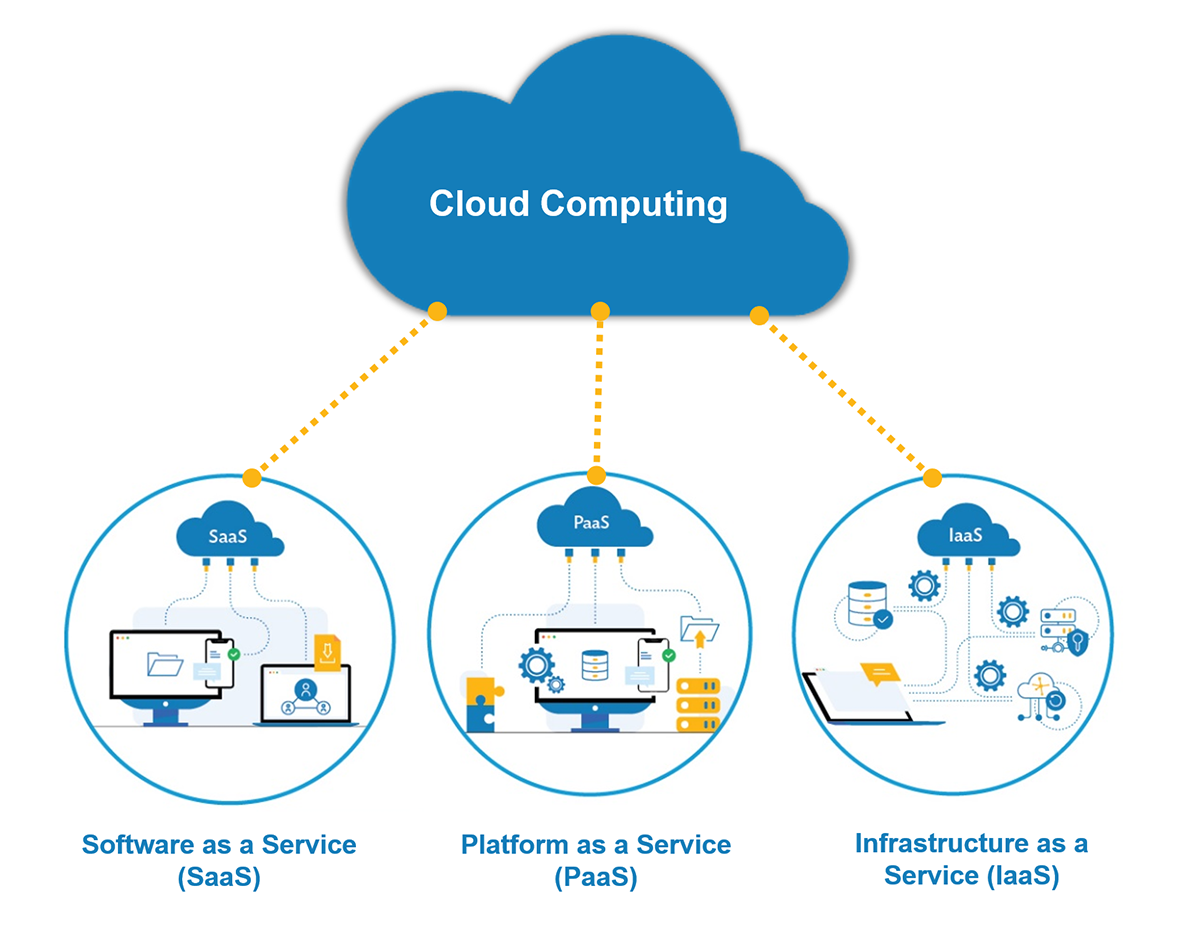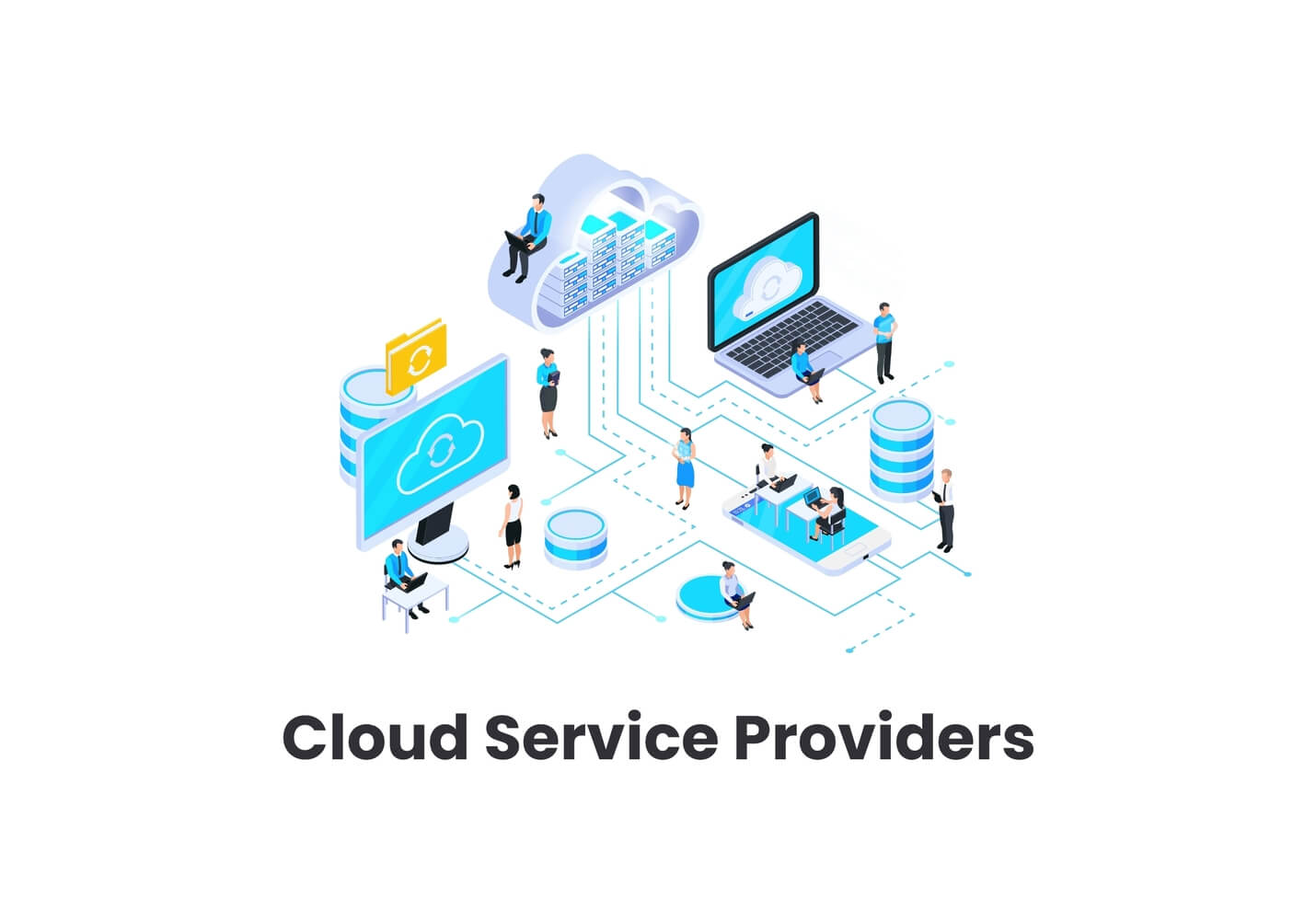Simplify Your Infrastructure With Cloud Provider
As businesses navigate the ever-evolving landscape of innovation and data management, the function of cloud solutions in streamlining infrastructure has become progressively famous. The attraction of streamlined processes, enhanced efficiency, and enhanced resource allocation with cloud solutions is undeniable. The trip in the direction of a more economical and dexterous IT facilities involves even more than just moving to the cloud. It requires a calculated technique and a deep understanding of the subtleties of cloud adoption. Exactly how can services successfully browse this transition and genuinely open the potential of cloud solutions for streamlining their facilities?
Benefits of Cloud Provider
Cloud services use a structured approach to managing IT facilities, offering organizations with cost-efficiency, scalability, and flexibility. One of the crucial benefits of cloud services is the scalability they supply.
In addition, cloud solutions get rid of the demand for companies to purchase costly hardware and software. This cost-efficiency is a substantial benefit, particularly for tiny to medium-sized ventures aiming to reduce ahead of time prices. By making use of cloud solutions, businesses can access top notch IT sources without the hefty rate tag associated with typical framework arrangements.
Furthermore, cloud solutions supply companies with the adaptability to access their data and applications from anywhere with a net link. This level of availability improves partnership among groups, enables remote job, and raises general efficiency. The flexibility provided by cloud solutions encourages services to adapt swiftly to changing market problems and customer demands.
Price Cost Savings and Scalability
Along with the functional advantages highlighted earlier, the integration of cloud solutions into a company's framework brings forth considerable cost savings and enhanced scalability. Cloud solutions offer a pay-as-you-go model, enabling companies to scale resources up or down based on current needs, thus staying clear of the prices related to preserving excess capacity. This versatility allows firms to adjust promptly to varying demands without incurring unneeded expenditures.
Furthermore, cloud solutions remove the demand for ahead of time financial investments in hardware and software application, lowering capital investment. Business expenses are also lessened as firms no much longer need to manage and maintain physical web servers, leading to reduced power consumption and IT staffing prices. In addition, cloud solutions supply automatic updates and upkeep, ensuring that the infrastructure stays protected and updated without requiring hands-on treatments.
Enhanced Security Measures
Implementing stringent safety measures is extremely important when integrating cloud solutions right into a business's framework to guarantee and safeguard delicate data conformity with sector laws. Cloud service companies provide improved protection attributes such as information security, firewall software defense, and multi-factor authentication to minimize cybersecurity threats.
Moreover, navigate here normal safety audits and conformity assessments help recognize susceptabilities and ensure adherence to market requirements. Business can likewise gain from functions like automatic protection updates and real-time hazard surveillance provided by cloud company. By prioritizing safety measures and remaining proactive in resolving prospective dangers, companies can with confidence leverage cloud solutions while securing their valuable data from unapproved access or breaches.
Transitioning to Cloud Facilities
To successfully integrate cloud solutions right into a business's framework, a structured strategy that addresses the change towards cloud-based services is crucial. Transitioning to cloud infrastructure includes mindful preparation and execution to make sure a smooth movement procedure. The very first step is to examine the existing framework and establish which applications and systems are appropriate for movement to the cloud. This analysis ought to consider variables such as data sensitivity, compliance needs, and performance requirements.
When the evaluation is total, a migration technique should be established. This technique must lay out the timeline, resources, and responsibilities for moving each part to the cloud. It is vital to interact this plan clearly to all stakeholders to guarantee positioning and decrease disruptions throughout the change.
During the migration screening, tracking and process are essential to identify and address any type of issues promptly. Regular checkpoints should be established to track development and make needed changes. In addition, training for workers on utilizing cloud solutions must be offered to ensure a successful transition look at this now and take full advantage of the advantages of the new framework.
Ideal Practices for Cloud Adoption
Successful adoption of cloud solutions rests on the critical placement of company objectives with technological abilities and organizational readiness. To guarantee a smooth change to the cloud, organizations need to start by performing an extensive evaluation of their current facilities and recognizing Related Site which workloads are best matched for cloud migration. It is crucial to entail essential stakeholders from various divisions in the decision-making process to gain buy-in and deal with any issues early on.
One more finest technique for cloud adoption is to prioritize protection and compliance. Organizations must carefully examine the protection measures supplied by cloud provider and ensure that their data is shielded according to market requirements and regulative needs. Implementing durable information security, access controls, and regular safety and security audits can aid alleviate dangers related to cloud fostering.

Final Thought

As companies browse the ever-evolving landscape of modern technology and data administration, the role of cloud services in simplifying facilities has actually come to be progressively noticeable - Cloud Services. Just how can businesses properly navigate this transition and really open the potential of cloud services for streamlining their infrastructure?
Cloud solutions supply a structured strategy to handling IT facilities, giving businesses with adaptability, cost-efficiency, and scalability. By using cloud solutions, businesses can access top notch IT sources without the substantial cost tag associated with traditional infrastructure arrangements.
To make certain a smooth change to the cloud, companies should begin by performing a comprehensive assessment of their existing infrastructure and recognizing which work are best matched for cloud movement.